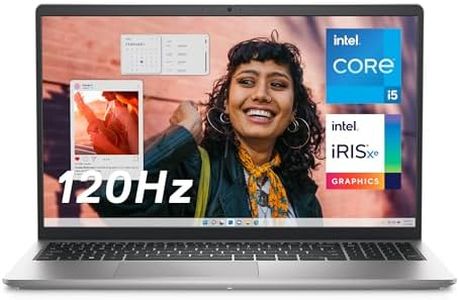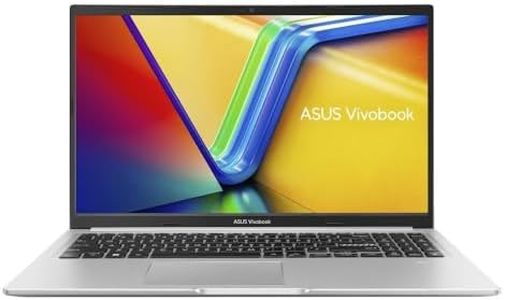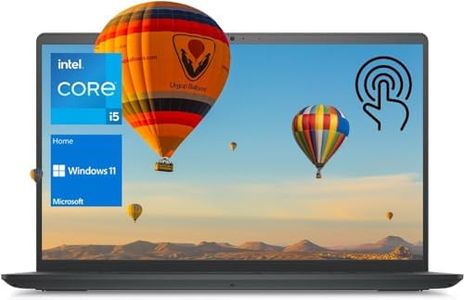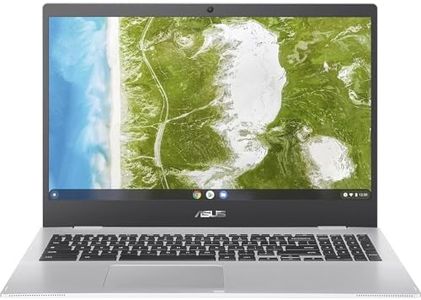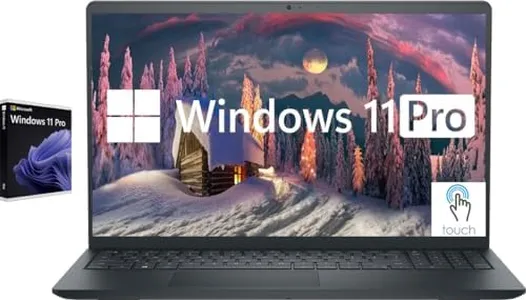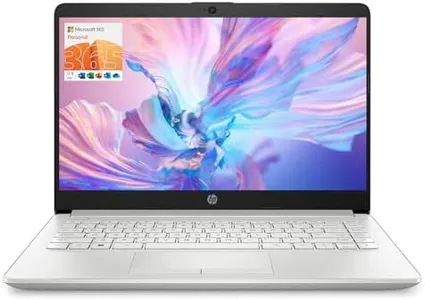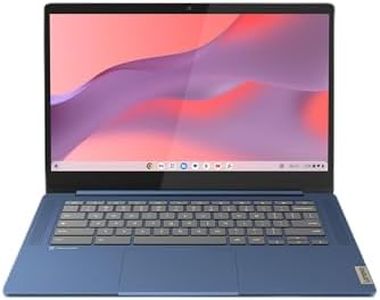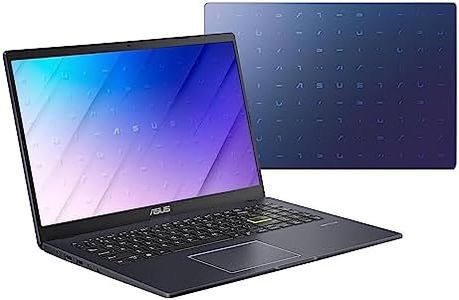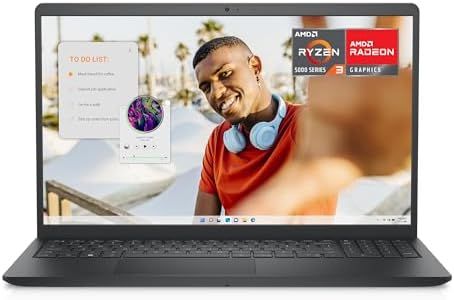We Use CookiesWe use cookies to enhance the security, performance,
functionality and for analytical and promotional activities. By continuing to browse this site you
are agreeing to our privacy policy
10 Best Budget Laptops
From leading brands and best sellers available on the web.By clicking on a link to a third party's website, log data is shared with that third party.
Buying Guide for the Best Budget Laptops
When choosing a budget laptop, your main goal should be to find a machine that fits your everyday needs without unnecessary extras. Understanding what you plan to use the laptop for—like web browsing, office work, streaming, or light gaming—will help you prioritize which specifications matter most to you. You'll need to balance performance, portability, and essential features to make sure you get dependable use within your spending limits, so focus on what you'll actually use day to day.Processor (CPU)The processor is the brain of your laptop, responsible for handling the instructions of programs and your operating system. It’s important because a good CPU means smoother multitasking and faster load times. Budget laptops commonly offer entry-level to mid-range CPUs. If you only need simple tasks like browsing or working on documents, a basic dual-core processor should suffice. For more multitasking or heavier use (like photo editing), aim for a quad-core or newer generation chip, which offers better performance. Matching the CPU to your daily needs ensures a frustration-free experience without overpaying for unneeded power.
Memory (RAM)RAM is your laptop's short-term memory, letting you run multiple programs at the same time without slowing down. More RAM means smoother performance, especially with many tabs or apps open. Budget laptops often come with 4GB or 8GB of RAM. If your usage is very light, like just checking emails or social media, 4GB will work, though 8GB is increasingly becoming a standard for comfortable multitasking and running newer software. Consider your typical workflow—if you often have many browser tabs, streaming, or office apps open at once, opt for 8GB if possible.
Storage (HDD or SSD)Storage is where all your files, programs, and the operating system live. There are two main types: traditional Hard Disk Drives (HDDs) and faster Solid State Drives (SSDs). SSDs are preferred for their speed, making startups and file access much snappier, but may offer less space for the price. In budget laptops, you might see 128GB or 256GB SSDs, or larger but slower HDDs. If you use cloud storage or have few files, a smaller SSD boosts day-to-day performance. If you need to store lots of photos, videos, or big files locally, a bigger HDD or a combination of SSD for speed and HDD for space could be helpful.
Display Size and QualityThe display is your main way of interacting with your laptop, so size and clarity matter for comfort. Budget laptops usually range from 13 to 15.6 inches. A smaller screen makes the laptop lighter and easier to carry, while a bigger one is better for those who work with documents side-by-side or enjoy watching videos. Resolution is important too: Full HD (1920 x 1080) makes text and images crisper, which is easier on the eyes, but in lower-cost picks, you may encounter HD (1366 x 768) displays, which are less sharp. Choose based on whether you prioritize portability or a more comfortable viewing experience.
Battery LifeBattery life affects how long you can use your laptop away from a charger. This is especially important for students or travelers. Budget laptops typically deliver between 4 to 8 hours on a single charge, depending on what you’re doing. If you often move around and don’t want to stay plugged in, prioritize longer battery life. If you mostly use the laptop at a desk, plugged in, this is less crucial. Think about where and how long you’ll use the laptop away from power to decide what’s enough for you.
Build Quality and PortabilityBuild quality covers how sturdy and well-made the laptop feels, while portability is about ease of carrying. Budget laptops may use plastic materials and can vary in weight. If you plan to travel or commute with your laptop, look for a lighter, slimmer design and a keyboard/touchpad layout that feels comfortable. If it will mostly sit on a desk, build quality is less of a concern, but sturdier hinges or spill-resistant keyboards are still useful for longevity.
Connectivity (Ports and Wireless)Connectivity includes all the ports (USB, HDMI, headphone jack, SD card slot) and wireless features (Wi-Fi, Bluetooth) your laptop has. More ports make it easier to connect devices like chargers, external screens, or accessories without an adapter. Think about what you’ll plug in—do you need to connect external displays for presentations, or transfer photos from a camera? Wireless connectivity is important for accessing the internet and using wireless devices. Make sure the laptop includes the basics you’ll use often, rather than extra ports you’ll never need.

